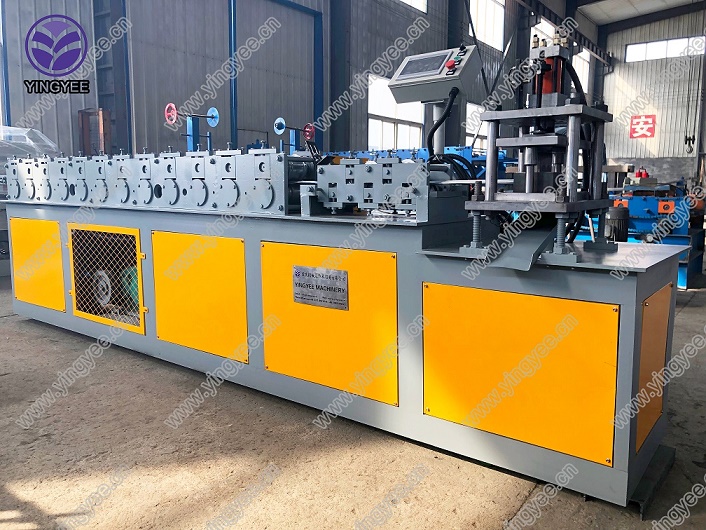
Long Span Roll Forming Machines Revolutionizing Metal Fabrication
In the evolving landscape of metal fabrication, long span roll forming machines have emerged as a pivotal technology for producing high-quality, precision-engineered products. These machines are designed to create long, continuous sections of metal products with specific profiles, making them indispensable in industries such as construction, automotive, and manufacturing.
The Mechanism Behind Roll Forming
Roll forming is a continuous bending operation in which a long strip of metal, usually coiled steel, is passed through a series of rollers. Each roller gradually bends the metal into the desired shape until it reaches the final profile. For long span applications, the roll forming machines are engineered to handle substantial lengths of material, often producing items that exceed several meters in length without the need for joints or seams. This capability not only enhances structural integrity but also reduces labor costs associated with assembly.
Benefits of Long Span Roll Forming Machines
The advantages of utilizing long span roll forming machines are manifold. One of the most significant benefits is their efficiency in production. These machines allow for high output rates, producing vast quantities of uniform products with minimal waste. The continuous production process enables manufacturers to streamline operations and maintain consistent quality across batches.
Another crucial benefit is the versatility of the products that can be manufactured. Long span roll forming machines can create a wide array of profiles, ranging from simple angles and channels to complex shapes tailored for specific applications. This adaptability makes them suitable for diverse sectors such as HVAC, roofing, siding, and structural components.
Furthermore, the use of long span roll forming technology can significantly reduce material handling and transportation costs
. By producing longer parts, manufacturers can minimize the number of individual pieces that need to be moved, thus facilitating easier logistics and installation processes.
Applications Across Industries
The versatility of long span roll forming machines finds application in various industries. In the construction sector, for example, these machines produce roofing panels, wall cladding, and structural support elements that are essential for building integrity and aesthetics. The automotive industry benefits from roll-formed components used in chassis, frames, and other structural parts that require high strength-to-weight ratios.
In addition to the construction and automotive sectors, long span roll forming machines are also utilized in manufacturing furniture, appliances, and other products requiring metal components. These machines contribute to the efficient production of shelving, supports, and enclosures, providing businesses with a reliable and cost-effective solution.
Technological Advancements and Future Trends
Recent advancements in technology have further enhanced the capabilities of long span roll forming machines. Automation and digitalization have paved the way for smarter production lines, where machine learning algorithms and artificial intelligence optimize the roll forming process. These advancements not only improve precision but also allow for real-time monitoring and adjustment of manufacturing parameters.
Looking ahead, sustainability is becoming an integral consideration in the design and operation of roll forming machines. Manufacturers are exploring ways to minimize waste and use environmentally friendly materials while maintaining high production standards. This focus on sustainability aligns with global trends toward reducing carbon footprints and promoting eco-friendly practices in manufacturing.
Conclusion
Long span roll forming machines represent a significant advancement in the field of metal fabrication. Their ability to produce high-quality, continuous metal sections offers manufacturers both efficiency and versatility. As technology continues to evolve, the potential applications and benefits of these machines will expand, making them essential tools for industries looking to innovate and improve production processes. Embracing these advancements not only enhances operational efficiency but also positions manufacturers to meet the ever-changing demands of the market.